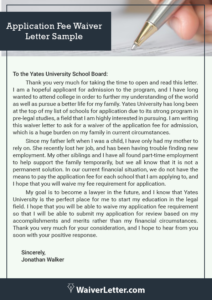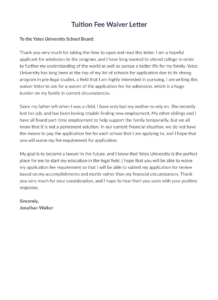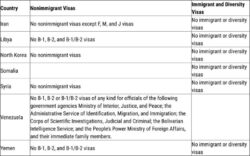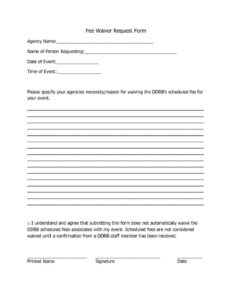Utilizing such a structured approach simplifies the often complex process of seeking financial assistance. It provides a clear framework for applicants to articulate their needs and supporting documentation, increasing the likelihood of a successful outcome. This streamlined approach also benefits organizations by standardizing requests, reducing processing time and administrative burden.
This structured framework offers a significant advantage for those seeking financial assistance and the organizations processing these requests. The following sections will explore specific aspects of constructing and using these forms effectively, including best practices and common considerations.
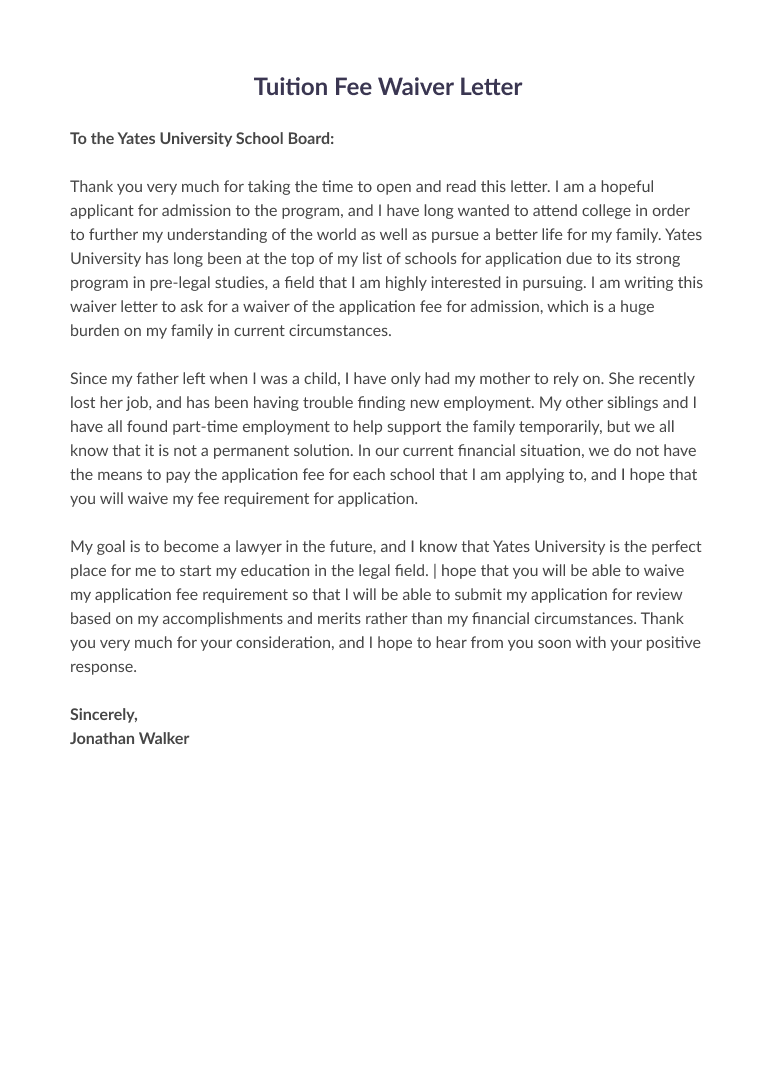
Key Components of a Fee Waiver Application Form
Effective application forms for financial waivers share common elements crucial for clear communication and efficient processing. These components ensure consistent data collection and facilitate equitable review.
1. Applicant Information: Clear fields for essential identifying information, such as full legal name, contact address, and preferred communication methods are fundamental.
2. Reason for Request: A dedicated section for applicants to articulate the specific circumstances necessitating financial assistance is essential. This section should offer sufficient space for a detailed explanation.
3. Supporting Documentation: Clear instructions regarding required documentation, such as income verification, supporting letters, or other relevant materials, ensure transparency and expedite the review process.
4. Signature and Date: A formal declaration of the information’s accuracy through signature and date fields maintains accountability and validity.
5. Contact Information for Inquiries: Providing contact information for follow-up questions or clarifications ensures a smooth and supportive application process.
6. Waiver Amount or Specific Fee: Clearly identifying the specific fee for which the waiver is requested or the total amount of financial assistance required ensures clarity and facilitates appropriate processing.
7. Instructions or Guidelines: Clear, concise instructions on how to complete the form and the submission process improve accessibility and reduce errors. This might include where to send the form, deadlines, and what supporting documentation is required.
A well-designed form facilitates equitable access by offering a standardized and transparent pathway for applicants to articulate their financial need and provide necessary supporting evidence. This structured format allows for efficient and consistent processing of requests, ultimately benefiting both applicants and reviewers.
How to Create a Fee Waiver Request Template
Developing a standardized template for fee waiver requests requires careful consideration of several key elements. A well-structured template ensures clarity, consistency, and efficiency throughout the application and review process.
1. Define the Scope: Specify the fees covered by the waiver request. Clearly articulate the eligibility criteria and any limitations.
2. Gather Essential Information: Determine the necessary applicant information, including personal identifiers, contact details, and relevant financial data.
3. Structure the Request Narrative: Provide a dedicated section for applicants to explain the reasons for requesting a waiver. Offer clear guidance on the type of information required and the level of detail expected.
4. Specify Documentation Requirements: Outline the supporting documentation necessary to substantiate the request, such as income verification, supporting letters, or other relevant materials. Provide clear instructions on submission methods.
5. Design a User-Friendly Format: Organize the template logically and use clear language. Ensure accessibility by considering diverse applicant needs.
6. Establish a Review Process: Develop a clear and consistent procedure for reviewing waiver requests, including timelines, decision-making criteria, and notification procedures.
7. Incorporate Legal and Ethical Considerations: Ensure compliance with relevant regulations and ethical guidelines related to data privacy and non-discrimination.
8. Test and Refine: Pilot test the template with a representative group of users and gather feedback to identify areas for improvement. Regularly review and update the template to reflect evolving needs and best practices.
A comprehensive and well-designed template streamlines the application process, promoting equitable access and efficient administration. This structured approach ensures that all applicants receive fair consideration and facilitates timely decision-making.
Standardized forms for requesting financial waivers serve as vital instruments in promoting accessibility and inclusivity. Careful consideration of key components, including applicant information, supporting documentation, and a clear explanation of need, ensures a comprehensive and efficient process. Effective template design, coupled with a transparent review process, facilitates equitable access to essential services and opportunities while streamlining administrative procedures.
Implementing well-structured templates represents a significant step towards ensuring that financial constraints do not create insurmountable barriers. This proactive approach fosters a more inclusive environment and strengthens the overall health and accessibility of vital services. Continued evaluation and refinement of these processes remain essential to maximize their impact and address evolving needs.
